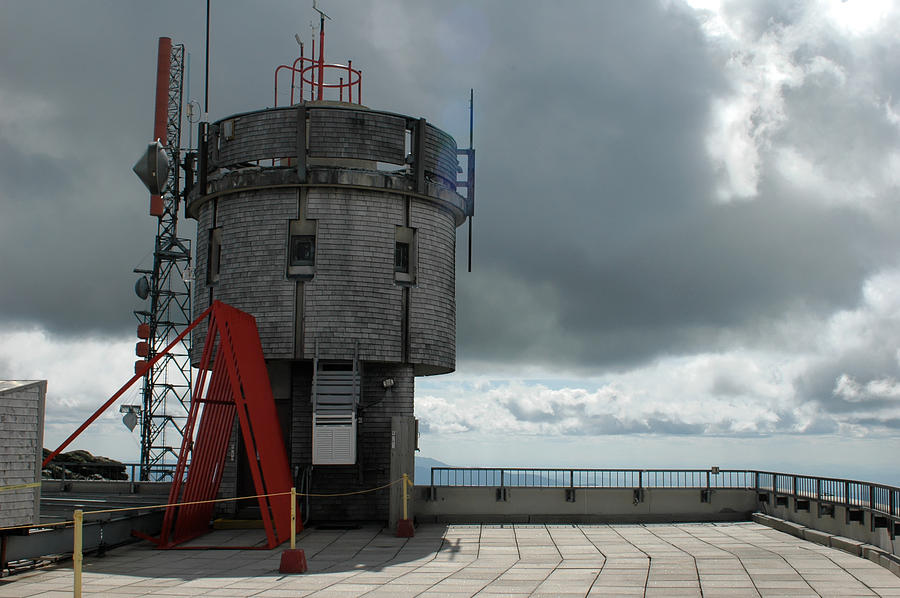
Nothing beats Mt Washington for consistency, however, since on average, hurricane force winds will scour the summit 110 days each year! These extreme winds are difficult to even comprehend. A new wind (surface) speed record of 253 miles-per-hour (407.16 kph), however, was recorded by an unmanned weather station on Barrow Island off the coast of Australia on Apbreaking Mt Washington’s surface wind speed record by an added “ fresh breeze” of 22 miles-per-hour (35.40 kph). This is the observed wind speed record and remains so. You can read more about this history on the Mt Washington Observatory website. But true to science, they focused on the event with purpose. The speed, recorded by a heated anenometer which was later verified by the then National Weather Bureau, clocked in at a shocking 231 miles-per-hour (371.75 kph)! One would think it must have been a truly terrifying experience for the observers, wondering if the building they sheltered in - what is now the Stage Coach office - would stand its ground or be blown off the mountain despite being held down by chains and reportedly built to withstand 300 mile per hour (482.8 kph) winds. Mount Washington’s WindĪs mentioned, the observed wind (surface) speed world record was measured atop the summit. Let’s check out its foul weather smörgåsbord. It offers a lot of bang for the buck, so to speak. If one wishes to become acquainted with some of the most revered and respected forces of nature, Mount Washington is the place to be. Since it’s fairly well known - for the past 88 years - that a wind speed world record took place on the summit, we figured the topic of Mt Washington’s ridiculous winds was a good place to start. It was time to dig up some weather history and a few facts worth sharing. This led to us questioning the other things we thought we knew about the weather on this notorious mountain. Learning this muddied up the waters, so to speak, while at the same time offering clarity. And then upper level low/trough passage typically brings lake-effect snows which can spread all the way over to White Mountain National Forest. West/Northwest: These come from the Great Lakes and along the St Lawrence River Valley and include Alberta Clippers, Manitoba Maulers, or Saskatchewan Screamers. Southwest: These track up the Ohio River Valley and include Great Lakes Cutters, Appalachian Runners, Apps Runners, Panhandle Hooks, Panhandle Lows, Texas Hookers, Gulf Lows, Salient Lows, or Colorado Lows. So the quote should be that Mount Washington lies in the path of three common storm tracks, for example: East Coast: These include Coastal Runners, Inland Runners, lows from the OBX, lows from the Delmarva Peninsula, Nor’easters, hurricanes/tropical storms/tropical depressions, or decaying variations such as Miller Type As or Miller Type Bs. And we are by no means limited to just three, either. We also learned that it is not entirely correct as it is the storms’ tracks that affect us more than the type of low pressure area. We learned we aren’t the first to mistakenly state that Mt Washington is at the convergence of three common storms or systems. What we learned wasn’t too far removed from what we believed, but the answer was so much more involved than we ever realized, which is the main reason for this break-out, stand-alone weather article. And that was what we had always heard through various sources, but before committing to this statement, however, we did some research. We were thinking, what with our limited weather knowledge, that we were referring to the mid-latitude Jet Stream, the Alberta/Canadian Clipper, and, well, what we knew only as a coastal flow from the Gulf of Mexico. Three major weather systems converge over its peak and being that it’s the seventeenth highest mountain and most prominent topographical feature east of the Mississippi River, the combined effect of these systems, multiplied by the terrain on this mountain, can create some memorable weather events at any time of year, although particularly in winter. In an effort to be concise, we initially wrote something along the lines of this: While writing an article yet to be published on another website (now published), the topic of Mt Washington’s weather crept in - fast and unannounced like the weather up there on the exposed 6288 foot (1917 m) summit itself. Photo courtesy of the Boston Public Library, Leslie Jones Collection. Light to moderate fog in the evening, then moderate fog after midnight. WXSIM forecast: Fair in the evening, becoming partly cloudy after midnight. NWS forecast: Partly cloudy, with a low around 46.

Davis VP+ forecast: Mostly clear with little temp change. Wind south-southwest around 9 mph, gusting to 17 mph. NWS forecast: Mostly cloudy, with a high near 62.


High: 438 Weather Forecast - Outlook: Today & Tonight


 0 kommentar(er)
0 kommentar(er)
